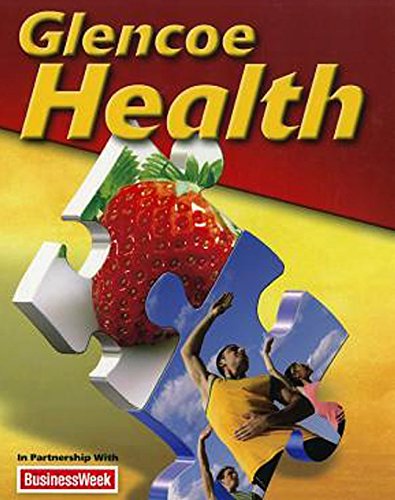
All Solutions
Section 15.3: The Digestive System
2. Eat in a normal speed
3. Avoid eating spicy or high-fat foods
Breakfast: Eggs with bacon, whole wheat toast with peanut butter, and orange juice
Lunch: Grilled chicken, brown rice, steamed vegetables, banana, and water
Snack: Deli meat sandwich and lemonade
Dinner: Plain hamburger, baked potatoes, cubed cantaloupe and watermelon, and water
A long time ago, there was a witch who concocted a magic potion that would allow someone to get a perfect, healthy set of teeth. She tried to use it in one of her cats. Upon using the potion, the toad became a happy smiling amphibian.
Cat: I am very much delighted with my new teeth! I prefer to eat candies rather than feeding on filthy fishes!
Witch: It seems like you are not being careful in choosing what to eat. Look after your teeth, Mr. Cat. Avoid eating too many sweets. You must brush them so you don’t get a toothache.
However, the cat did not pay attention to the witch. He believed that these teeth were strong enough and that he didn’t need to brush them. He didn’t even try to eat fewer candies and chocolates.
One day, the tooth of the toad started to ache. He discovered that there were holes in his teeth. Some of his teeth are already starting to fall out. Eventually, all of his teeth started to fall out and he can no longer chew his food. Poor cat, he lost his ability to eat.
A long time ago, there was a witch who concocted a magic potion that would allow someone to get a perfect, healthy set of teeth. She tried to use it in one of her cats. Upon using the potion, the toad became a happy smiling amphibian.
Cat: I am very much delighted with my new teeth! I prefer to eat candies rather than feeding on filthy fishes! (Click to see the full solution)
For functions of each organ and detailed description please see the explanation.

